The “IP” in IP ratings most commonly stands for Ingress Protection. Purists might correct you to say that it’s really International Protection markings. But Ingress Protection is a good term to use because the most common ratings are all about ingress, or how easily things get inside. Understanding IP ratings and an IP rating chart helps you know whether you can use your tools in tougher conditions. Knowing how to read IP rating charts lets you know what the numbers mean with respect to water and dust.
Table of contents
What is an IP Rating Really?
Manufacturers love to tout IP ratings on their tools. If you know what’s you’re looking at, they’re helpful. But many Pros just assume higher numbers are better and leave it at that. We’ll break it down for you so the numbers mean something and you can understand an IP rating immediately when you see it—or at least get a general idea.
An IP rating usually features two numbers. The first is a code for dust/debris ingress and the second is water/moisture. In other words, it’s how dust-proof and waterproof a tool or other product is. And yes, the higher the number, the more protection it has.
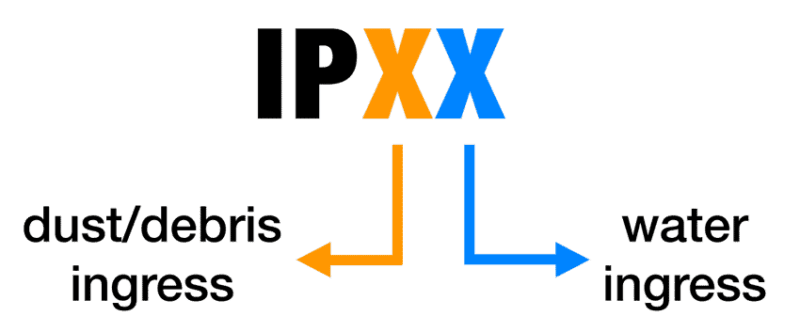
IP Ratings Code Breakdown – Decoding IP Rating Charts
We mentioned the two-digit format of the IPXX rating code. One thing that consistently happens, however, is people forget which number represents water and which represents debris/dust. We have a simple solution: D (debris/dust) comes before W (water) in the alphabet. Similarly, the first number in the IPXX rating stands for the debris/dust ingress protection level. The second IPXX rating number tells you how much water ingress protection the tool has.
Dust Ingress Resistance – The First Number
- 0: No rated protection
- 1: Objects greater than 50 mm (1.97 inches)
- 2: Objects greater than 12.5 mm (0.49 inch)
- 3: Objects greater than 2.5 mm (0.10 inch)
- 4: Objects greater than 1 mm (0.04 inch)
- 5: Dust Protected – dust doesn’t get in sufficiently enough to affect operation
- 6: Dust Tight – no dust gets in during an 8-hour test
Many tools come with an IP5X rating, meaning there won’t be enough dust getting into your tool during a typical day to affect operation. But some dust can make it inside. Over time, that will build up. So for tools used around sawdust, concrete dust, drywall dust, etc., you still need to maintain the tool. Blow it out at the end of the day to clean motors and brushes. If a tool is IP6X rated, then it pretty much claims to be dust-proof for a full day’s work.
Water Resistance – The Second Number
- 0: No protection
- 1: Dripping water at a rate of 1 mm per minute for 10 minutes vertically
- 2: Dripping water at a rate of 3 mm per minute falling at 15 degrees for 10 minutes (4 directions for 2.5 minutes each)
- 3: Spraying water at a rate of 10 liters per minute at any angle up to 60 degrees for 10 minutes
- 4: Splashing water similar to IPX3 test without shielding for 10 minutes
- 5: Water jets from any direction at a rate of 12.5 liters per minute for at least 3 minutes
- 6: Powerful water jets from any direction at a rate of 100 liters per minute for at least 3 minutes
- 7: Immersion up to 1 meter deep for 30 minutes
- 8: Immersion generally up to 3 meters for time agreed upon with the manufacturer
- 9: Power high-temperature water jets at a rate of 14 – 16 liters per minute with temperature of 80 C (176 F) for 2 minutes
You’ll see most tools start with an IPX4 rating and move up to IPX6. By the time you’re getting the IPX6 rating, it’s pretty tough to damage from water unless you’re leaving it out in the elements.
Common IP Ratings for Practice
All you have to do now is match the IP ratings with the code. Here are a few examples we see very often on power tools, hand tools, measuring equipment, and more:
IP54 Rating
What does an IP54 rating mean? Some dust will get in, but not enough to stop operation on a normal workday. Splashes of water will not get in and damage the tool.
IP56 Rating
What does an IP56 rating indicate? Again, some dust will get in, but not enough to disrupt the operation of the tool. Powerful, high-flow jets of water also won’t get in. This matters for tools designed for use outdoors in any weather or near water sources.
IP65 Rating
An IP65 rating indicates a dust-proof tool where lower power water jets won’t cause it to fail. It won’t, however, handle being submerged in water.
Can They Make Tools with Higher IP Ratings?
Absolutely, but you run into a couple of issues. First, power tools need to be able to dissipate heat. As this typically means they need vents, that leaves a pretty big gap for dust and water. Second, there’s the cost of developing a tool that can handle the heat and operate in those conditions. One example that pulls this off is the Nemo underwater drill.
Of course, job sites include more than just tools. You’ll see these ratings show up on storage solutions, jobsite lighting, and many other products.

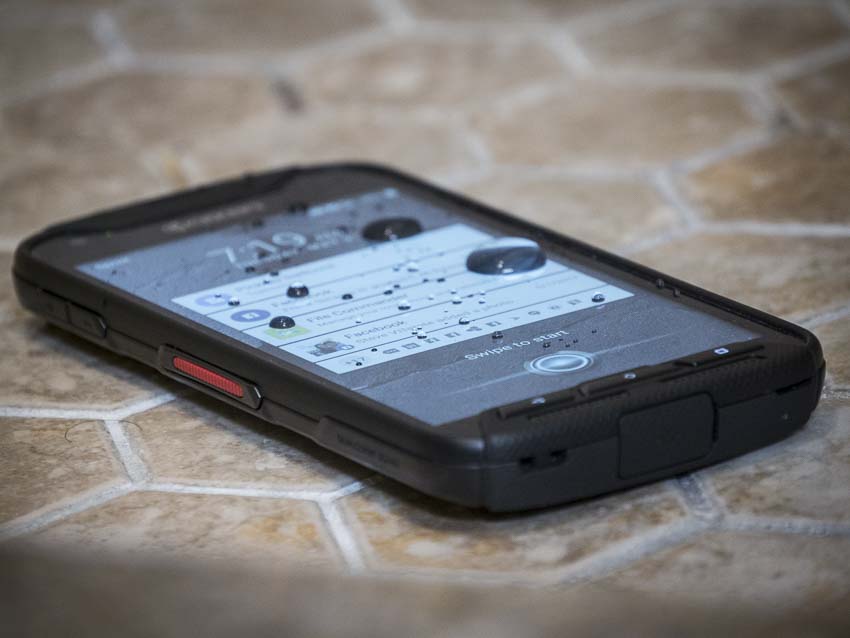
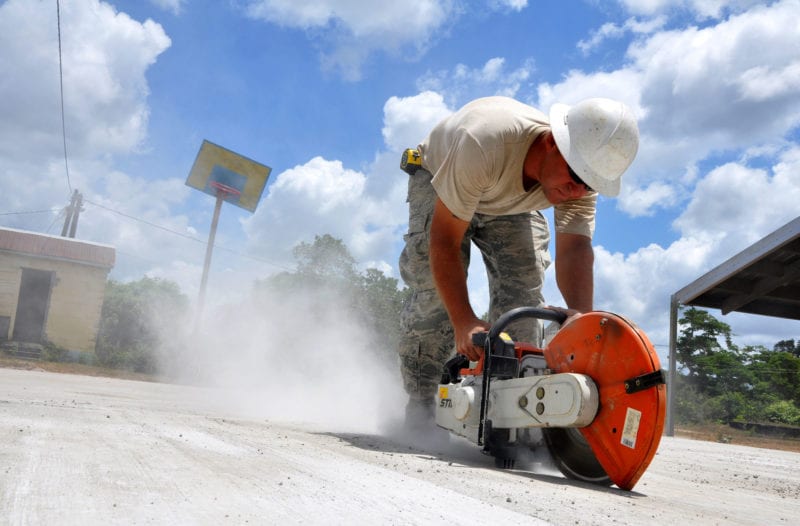
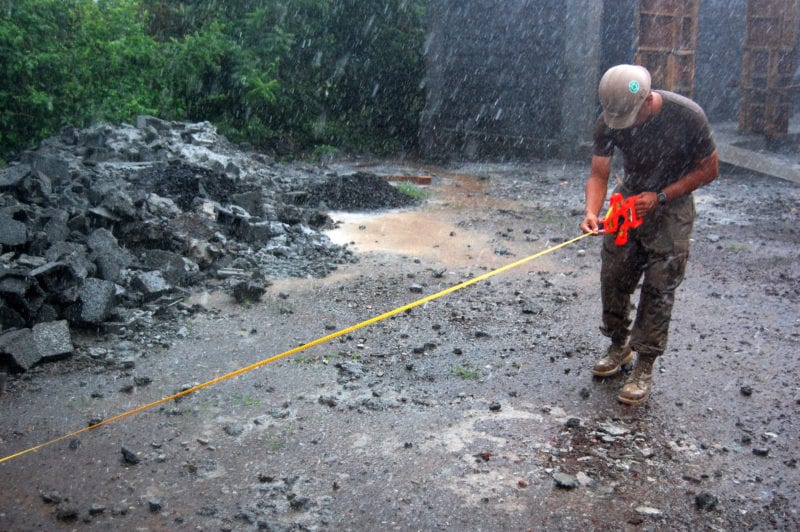
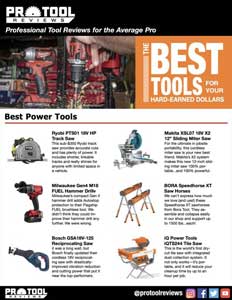


VEry interesting, thanks… :)